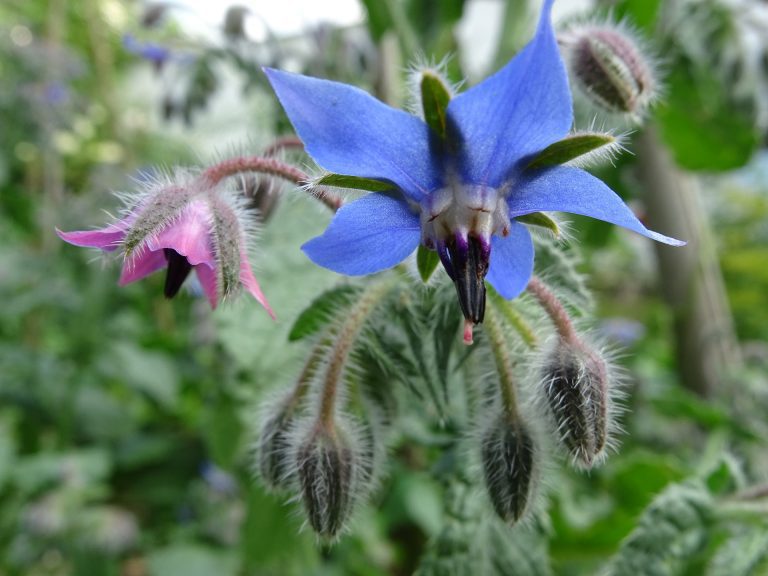
Do you already know this species? Click the arrows to check…














This black-white-and-grey bird points its slender bill downwards – or tilts it comically upwards – as it spirals face-first down tree trunks and round and round branches, searching for insects to devour
The local Philippines call this woody vine “tayabak”. Related to the green beans we grow in our gardens, this species’ unique turquoise claw-shaped flowers are pollinated by bats.
A low-growing “trefoil” weed of lawns and disturbed, nitrogen-poor soil, distinguished by its tiny hop-like yellow flower clusters, pointed tips on each leaflet, and the terminal leaflet on a longer stalk or petiole
This species includes varieties called bok choy, napa cabbage, turnip, rapini, and totsoi
This brightly colored, chunky bird is not found in America but frequents gardens and backyards in the UK and throughout much of Europe.
This is the typical “red-breast” found in the United Kingdom and much of Europe, completely unrelated to the “red-breast” found in America.
These nearly ubiquitous, often evergreen vines are almost entirely edible outside of their berries. Try their tender tendrils. 😉
This humble plant is easily overlooked, both in its quiet early blooming and later leaf unfurling. You can find it in wetlands and riverine forests in the NE quarter of the US, up into Canada.




